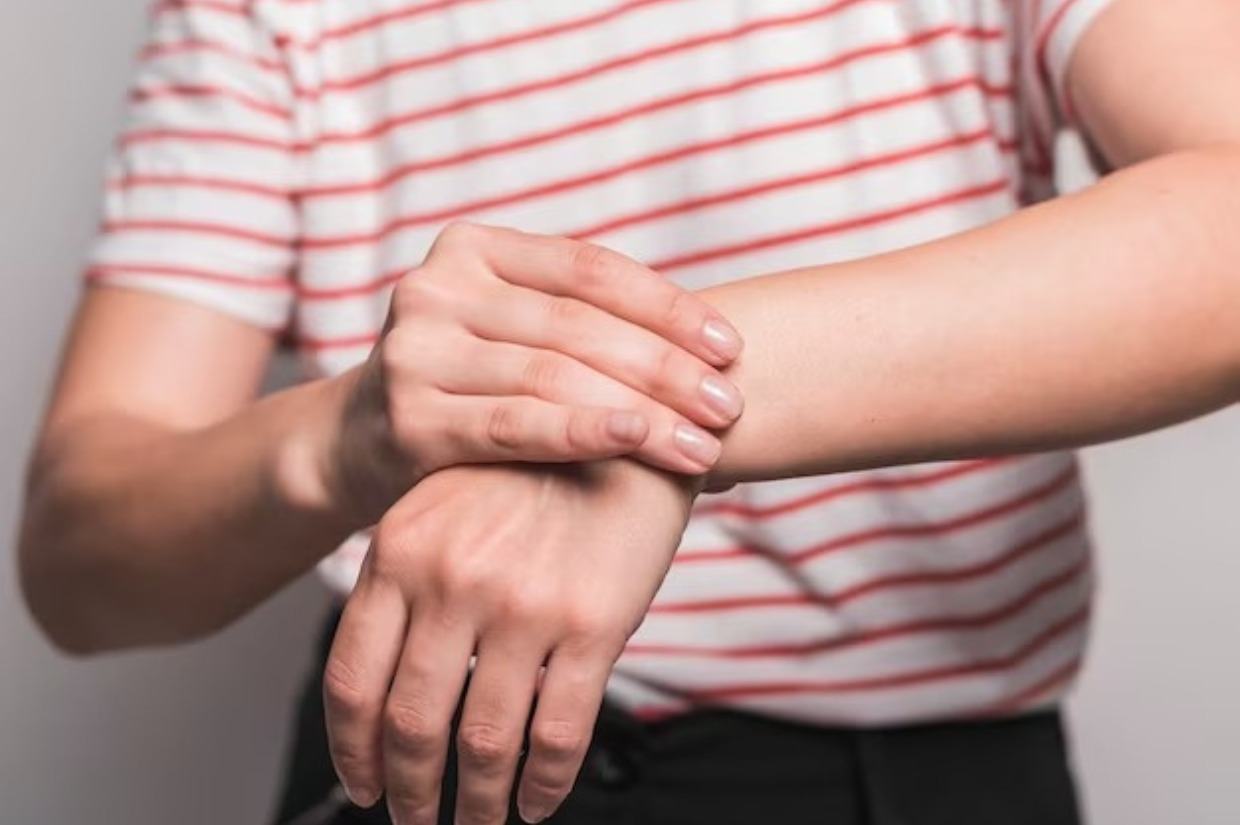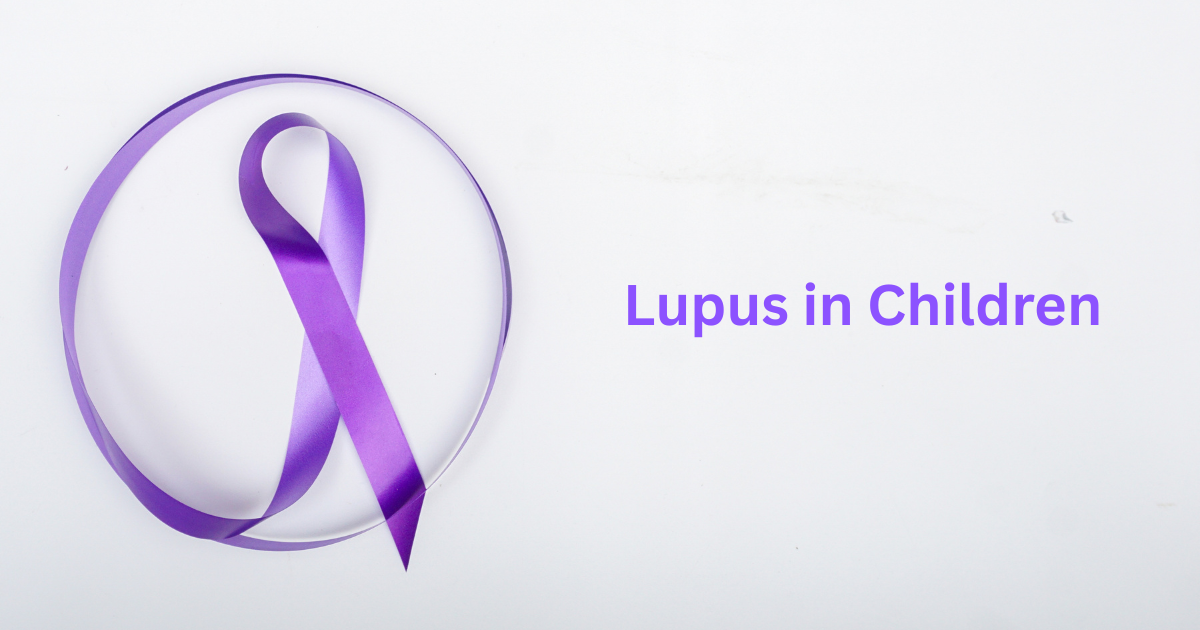Introduction:
Raynaud’s Phenomenon is a vascular disorder characterized by episodes of reduced blood flow to certain areas of the body, typically the fingers and toes. These episodes, known as vasospasms, are triggered by cold temperatures or emotional stress, leading to temporary discoloration of the affected areas and sensations of numbness or tingling. While Raynaud’s Phenomenon is not usually serious, it can significantly impact daily life and may be associated with underlying health conditions. In this blog post, we’ll explore the causes, symptoms, and management strategies for Raynaud’s Phenomenon, providing insights into this fascinating yet sometimes challenging condition.
Types of Raynaud’s Phenomenon:
Raynaud’s Phenomenon can be classified into two main types: Primary and Secondary.
Primary Raynaud’s, also known as Raynaud’s disease, is the more common and less severe form. It typically occurs on its own without any underlying medical conditions or associated diseases. Primary Raynaud’s is often triggered by cold temperatures or emotional stress, leading to vasospasms in the blood vessels of the fingers and toes. While primary Raynaud’s can be bothersome, it usually does not cause permanent damage to the affected tissues.
On the other hand, Secondary Raynaud’s also referred to as Raynaud’s phenomenon, is associated with underlying medical conditions or diseases. These may include autoimmune diseases such as scleroderma, lupus, rheumatoid arthritis, or Sjogren’s syndrome, as well as vascular diseases like atherosclerosis or Buerger’s disease. Secondary Raynaud tends to be more severe and may involve additional symptoms beyond the typical color changes and sensations of numbness or tingling. It requires careful management of the underlying condition in addition to addressing Raynaud’s symptoms.
Causes and Triggers:
Raynaud’s Phenomenon is primarily triggered by overreactions to cold or stress, causing blood vessels to constrict excessively. Other triggers include temperature changes, emotional stress, and certain medications like beta-blockers and migraine drugs. Identifying and avoiding these triggers can greatly improve quality of life for affected individuals. This may involve dressing warmly in cold environments, practicing stress-reduction techniques, and consulting healthcare professionals to assess and adjust medication regimens. Lifestyle modifications such as quitting smoking and maintaining a healthy weight can also help manage symptoms. By understanding and addressing these triggers, individuals with Raynaud’s Phenomenon can better manage their condition and minimize its impact on daily life.
Symptoms:
Recognizing the symptoms of Raynaud’s is vital for early intervention. Explore the signs, such as color changes in the skin (white to blue to red), cold or numb sensations, and potential tingling or pain. Early detection allows for better management and prevents complications.
Diagnosis and Medical Evaluation:
Consultation with a healthcare professional is crucial for an accurate diagnosis. Discuss the diagnostic process, which may involve medical history, physical examination, and possibly blood tests or imaging studies to rule out other conditions or assess the severity of Raynaud’s.
Management Strategies:
Explore both lifestyle modifications and medical interventions for managing Raynaud’s symptoms. This may include stress reduction techniques, wearing warm clothing, and avoiding triggers. Additionally, medications to improve blood flow or treat underlying conditions may be prescribed.
Living with Raynaud’s:
Raynaud’s can impact daily life, but there are ways to adapt and thrive. Discuss strategies for managing the condition while maintaining a fulfilling and active lifestyle. Encourage readers to seek support from healthcare professionals, support groups, and their social networks.
Complications and Prognosis:
Address potential complications associated with Raynaud’s, such as ulcers or sores on affected areas. Emphasize the importance of regular medical check-ups to monitor the condition and adjust treatment plans as needed. Provide information on the overall prognosis and how it may vary based on the type of Raynaud’s.
Conclusion:
In conclusion, Raynaud’s Phenomenon, affecting blood flow in response to cold or stress, necessitates understanding and proactive management. Differentiating between Primary and Secondary types guides tailored approaches, while identifying triggers and early symptom recognition empowers informed lifestyle choices.
Medical evaluation ensures accurate diagnosis, leading to lifestyle modifications and, if necessary, medical interventions. Resilience in living with Raynaud’s involves stress reduction, warm clothing, and a supportive network.
Regular check-ups are vital for monitoring complications, like ulcers, and adjusting treatment plans. Through knowledge, support, and proactive management, individuals can lead fulfilling lives, transcending the challenges posed by Raynaud’s Phenomenon.
Visit Dr. Dhaiwat Shukla, the best Rheumatologist in Ahmedabad known for his compassionate approach to rheumatological care. His expertise, personalized treatment plans, and commitment to improving patients’ well-being make him a trusted choice for those seeking relief from rheumatic conditions.





